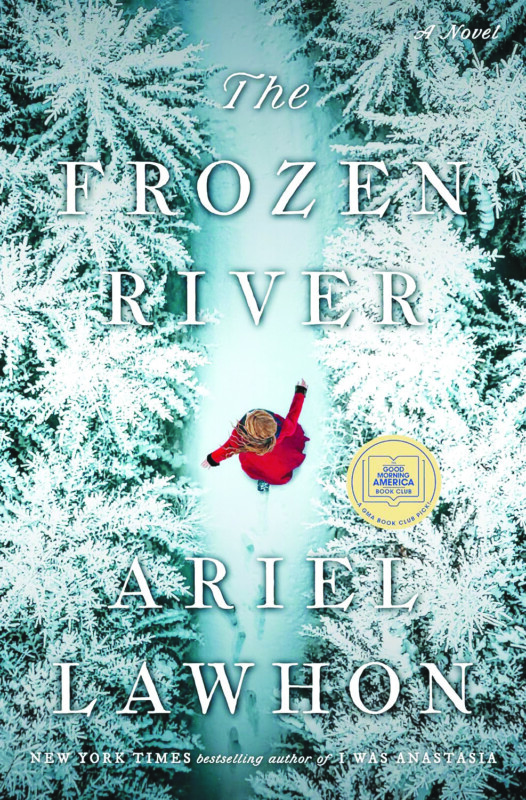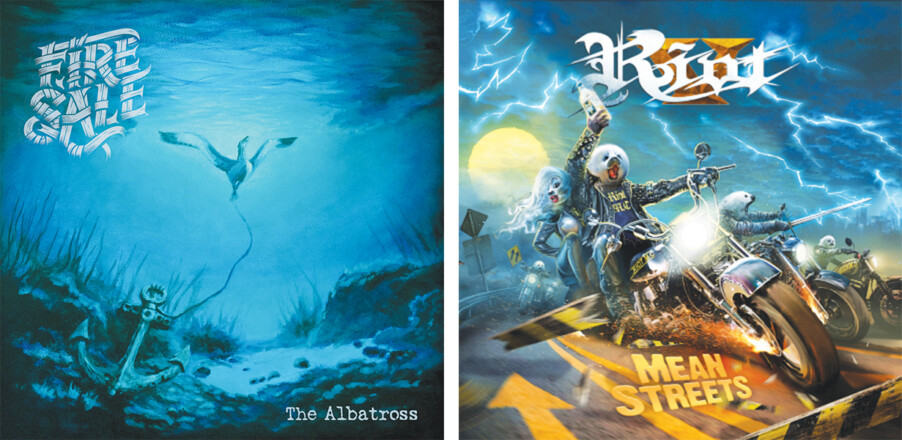Slim Volume on the rise
Blending elements of alt country and harmony-rich classic rock, Slim Volume is a breath of fresh air on the local music scene. At the core of the four-piece band is the songwriting team of Trent Larrabee and Jake DeSchuiteneer, who met as coworkers at SNHU’s Manchester campus, bonded over a shared love of ’60s bands, and found their mojo at Strange Brew Tavern’s open mic night.
With the addition of Mike Morgan on guitar and, soon after, drummer Jonny Lawrence, they picked a name and began playing whatever bar, basement or party would have them, polishing their sound while writing a growing list of original songs. Their sound isn’t easily pinned down — the Jake-written “It’s Been Sweet” echoes “Take It to the Limit” from the Eagles, while Trent’s composition “Talk it Over” is a lovely slice of dream pop wrapped in Tom Petty jangle.
Ever present, however, is the pair’s lush harmonizing. This comes through in the covers they choose. A mid-February listening room show at The Livery in Sunapee included no fewer than four Beatles tunes — “The first song we learned together was ‘This Boy,’” Trent said from the stage — and “Dream” from the Everly Brothers.
Other influences include Wilco and Pavement, along with contemporaries.
“A lot of local bands inspired me the most,” Trent said in a recent phone interview. He specifically cited Evan Benoit and his band Badfellows, now called Happy Just to See You, and Great White Tourist. “Just the whole Manchester music scene from 2015 to 2017 was super influential on me because I was still living in a Beatles/Bob Dylan paradigm that I had not really broken out of yet.”
The duo’s vocal connection began with Trent teaching himself Ricky Skaggs’ “You’ve Got a Lover” and Jake deciding to come in on top of the vocal. “I remember we noticed that it worked, and Trent being like, ‘You should do more of that type of thing,’” Jake recalled. “My voice does things Jake can’t and he does things mine doesn’t really do,” Trent agreed. “They definitely complement each other in that way.”
Trent had played in a few other bands before meeting Jake, who was just starting to explore taking his interest in music to another level. Working together on Trent’s 2021 solo album Billions of Musics helped Jake’s songwriting to grow. It’s led to a collaborative process that usually starts with one or the other writing a nearly complete song and then taking it to the band for fine tuning.
“I was inspired by the fact that Trent seemed to be finishing songs [that] had something to say and were interesting from start to finish,” Jake said. “That kind of helped me to see my way toward doing more, because a lot of what I’d done at the time was just writing stuff on my own, with really no intention of any audience hearing it.”
They’ve released one EP, Staring at the Sun, and a handful of singles. They have two more finished EPs, set to drop later this year. Each represents a different side of the group, Trent said. “One is more indie rock, and the other is our indie soul folk kind of sound. So that’s going to be a great display of, I don’t want to say the polarities of our music, but the range and spectrum of what we do.”
They’re also at work on their first full-length album with, noted Trent, an embarrassment of riches facing them.
“We have so much material, it’s really become a problem,” he said. “We can keep doing singles and EPs forever, but putting 10 or 12 songs together is really more important. It’s helped us focus [and] filter songs through the lens of what’s going to be good on an album, what’s going to fit together sonically, and what’s going to be the most accessible to an audience.”
Jake agreed. “I think we’re really starting to circle the target on what our sound, Slim Volume original music sounds like,” he said. “It’s a little bit indie rock, a little bit folk rock, sometimes it’s a little pop, sometimes it’s soulful. I think the album is gonna really show in a cohesive way what that range is.”
Slim Volume
When: Saturday, March 2, 5 p.m.
Where: Twin Barns Brewing, 194 Daniel Webster Hwy., Meredith
More: slimvolumeband.com
Featured photo: Courtesy photo.






